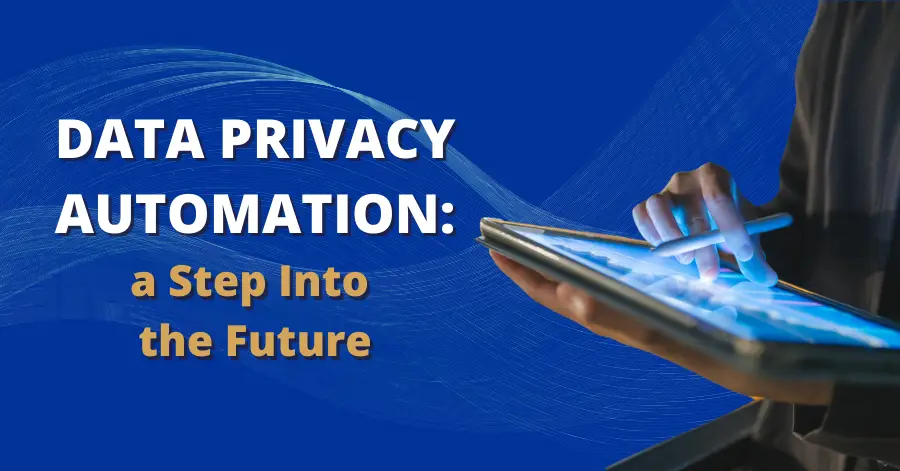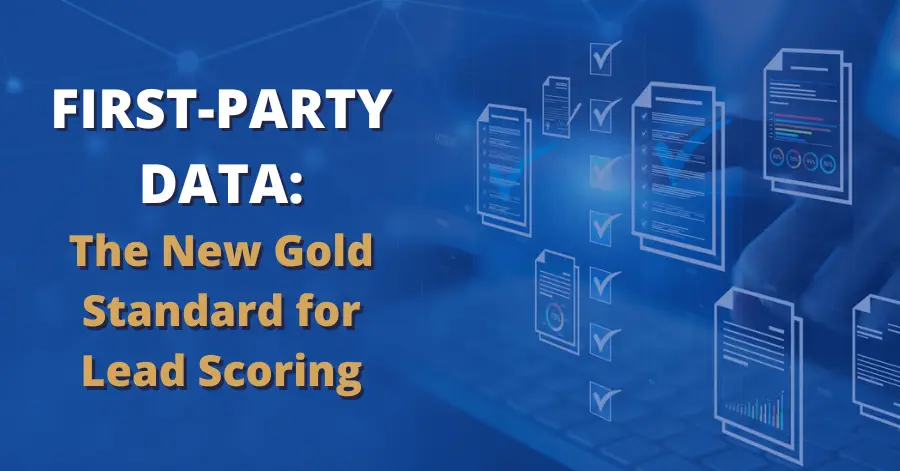Proactive Privacy Risk Management


In today’s digital world, managing privacy risk has become essential for businesses of all sizes. With numerous global regulations that apply to data privacy and security, it is crucial for companies to proactively manage privacy risks before a crisis occurs. Waiting until after an accident occurs to put on a seat belt is unwise, and the same holds true for privacy risk management.
Privacy risk management is a complex and challenging task, and organizations must start by getting a clear understanding of their data activities. Organizations must ask themselves several questions, such as where is their data stored, how is it used, and what is the risk level for each data activity? It is also essential to consider the different types of data that companies need to protect, such as customer information, intellectual property data, financial data, and employee data.
First Steps for Proactive Privacy
It is essential for businesses to implement privacy and security training for all employees, which should be embedded into company onboarding and consistently refreshed. Organizations should also limit employee access to sensitive data and customer information based on job scope. Even if businesses believe they are too small to be at risk, they must think proactively about data protection as society becomes more dependent on digital technologies.
To manage security and privacy risk, businesses can evaluate their current level of security and processes, embed security into software design and deployment life cycle. Organizations must also focus resources on high-risk areas and prioritize prevention, protection, and recovery measures for risks with high severity and high likelihood of occurring.
5 Pillars of Proactive Privacy Risk Management
Privacy risk management can be a daunting task for organizations, but by dividing it into five key pillars, companies can make the process more manageable. These pillars are:
- Identifying risks: this involves identifying the potential privacy risks that the organization faces. This includes understanding what types of data the company collects, where the data is stored, how it is used, and what risks are associated with each data activity.
- Assessing risk: this involves determining the likelihood and impact of each potential risk. By understanding the potential consequences of a privacy breach, organizations can prioritize their risk management efforts and allocate resources accordingly.
- Analyzing risks: involves evaluating the risk management options available to the organization. This includes analyzing the cost and effectiveness of different risk management strategies, such as implementing technical controls, developing policies and procedures, and providing training to employees.
- Remediation: involves implementing the risk management strategies identified in the analysis phase. This includes taking action to mitigate the risks, such as implementing technical controls, developing policies and procedures, and providing training to employees.
- Ongoing monitoring: involves continuously monitoring the effectiveness of the risk management strategies implemented by the organization. This includes tracking metrics related to the success of the program, monitoring incidents, and adjusting the risk management strategies as needed.
Wherever possible, businesses should automate these processes to help reduce errors and ensure that the organization is consistently managing privacy risks effectively. Additionally, automation can help to reduce costs and make the risk management program more efficient.

Promoting a Culture of Privacy
Managing privacy risks is not just about technology and compliance. It is also about people and culture. Therefore, businesses must also focus on creating a culture of privacy and security. Employees must be made aware of the importance of data protection and the consequences of a breach. Additionally, businesses must create a privacy-focused culture that prioritizes data protection and promotes responsible data handling practices.
By proactively managing privacy risks, businesses can protect their customers, employees, intellectual property, and financial data. Businesses must implement a privacy program that identifies high-risk areas and prioritizes prevention and protection measures. Additionally, businesses must focus on creating a culture of privacy and security that promotes responsible data handling practices.
Ready to improve your privacy risk management strategy? Contact our team of privacy experts today for help.





